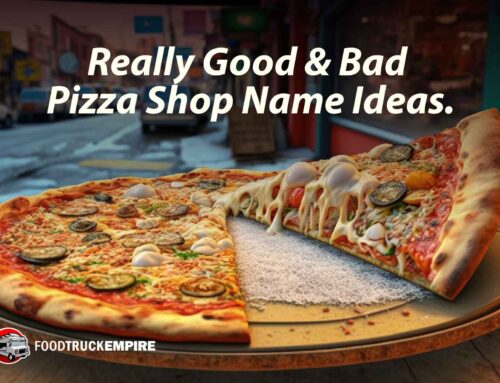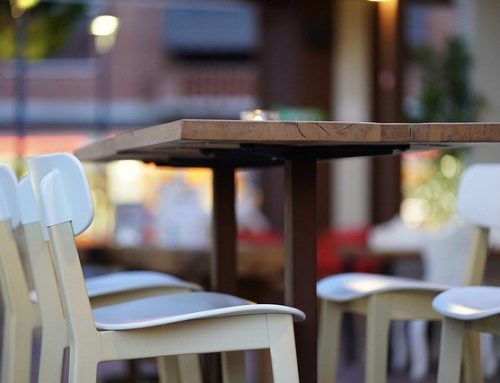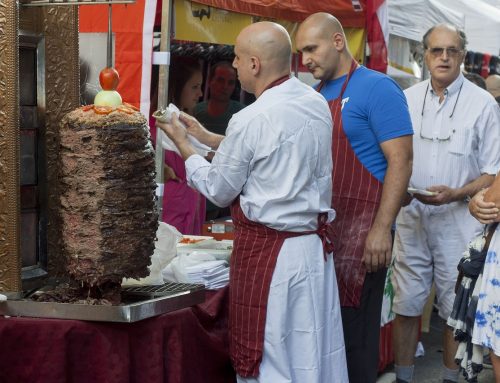Note: This is part two of a post detailing my experiences converting a residential farmhouse into a commercial restaurant space. In part one, I described the building, secured a loan from my sister, and started renovating the space, so if you missed part one, you’ll definitely want to start there.
Phase 4: Disaster Strikes!
With the arrival of my sketchy restaurant equipment due any day, I tried to plan the layout of the restaurant interior. There weren’t many big spaces for a dining area, so I decided to make my to-go case the focal point of the whole enterprise.
There was just one problem: Because the house was so old, none of the interior doorways were built to any kind of standard size, which means that I wouldn’t be able to fit my big display cooler through the doorway leading into the room I had intended. The interior door in question was about three inches too narrow, but I thought, heck, I’m a pretty handy guy…how hard could it be to widen a doorframe?
A few YouTube videos, and I was on my way, prying the old frame away from the wall. My theory was that I could remove the trim, scoot the cooler through, and then put it all back together, easy as pie. What I wasn’t anticipating was that my entire face would explode in the process.

Look, old houses are weird. You never know what’s lurking behind the walls, until you take a pry bar out and start going to town. Asbestos, lead paint, ex-wives…you’re likely to find any of these things walled up inside in a New England farmhouse.
But sometimes the threats are less specific; sometimes, a vague, musty, dander-filled dust will collect in your eyes and skin and make your body explode.

Disaster! Was I allergic to my new restaurant? Between the persistent skin reaction and a MUCH more complicated doorframe scenario than I was anticipating (“Where the hell does that joist go,” I could be heard asking out loud, to no one in particular), I realized I was going to have to call in a professional for help widening my doorframe.
It was a big financial hit at a time when I needed to hold on tight to every dime: About $600 just to have the doorframe widened by three inches. But still, it seemed better than going blind, and once everything was put back together, the allergic reactions stopped.
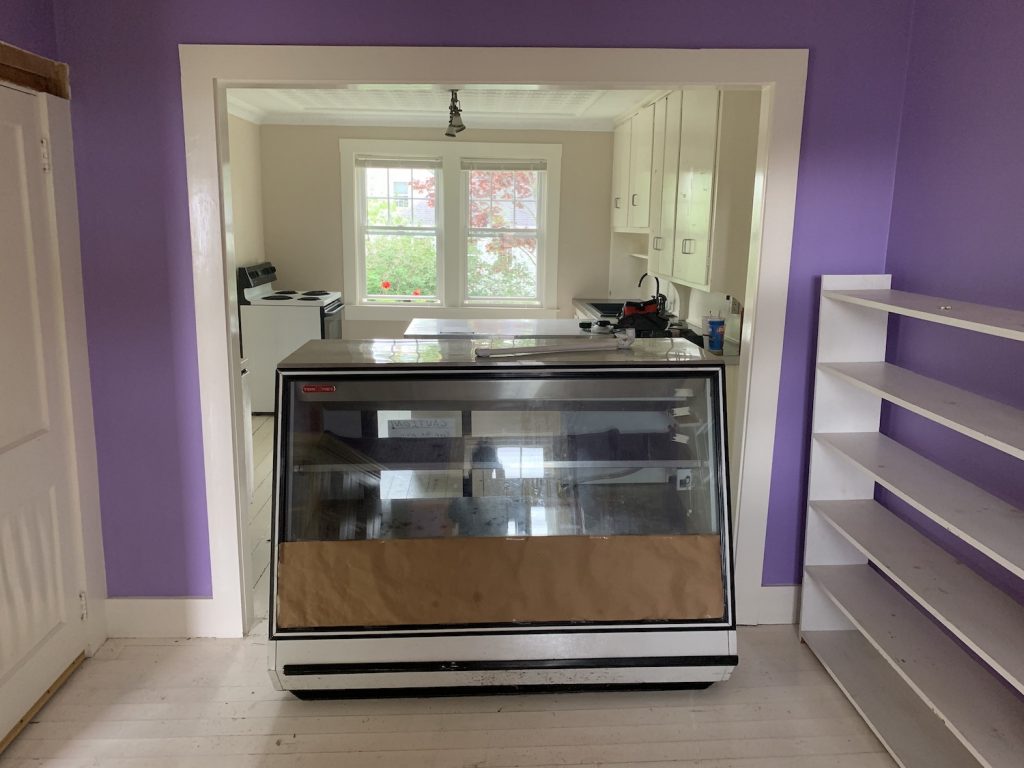
Phase 5: Calling in Favors and Getting Creative
The next major step in outfitting our residential farmhouse for commercial use was getting some appropriate signage created for the new business. Unfortunately, with my paltry budget already disappearing before my very eyes, getting a big-budget sign shop to produce my signs was out of the question. But the problem with any new business is that it has to LOOK real, even before it IS real, which makes quality signs an area where you simply can’t skimp.
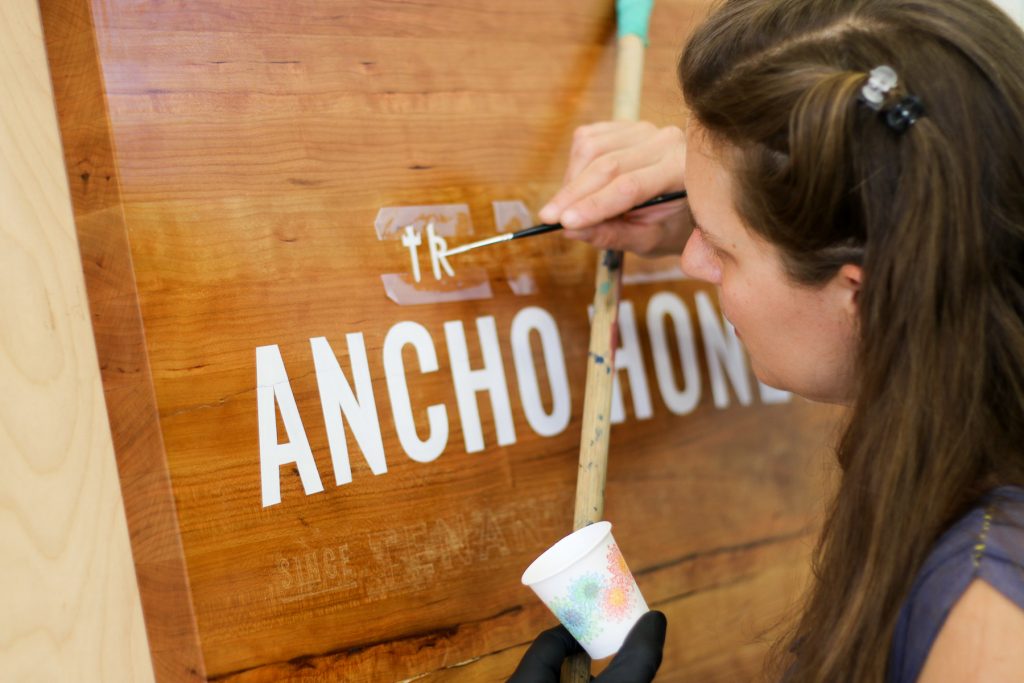
I’m very fortunate to have a brilliant friend named Shelly, who among other talents, happens to earn a living painting the names of boats on the sterns of the vessels using old-school sign painting techniques, with tough-as-nails, marine-grade paint that will usually outlast the material on which it is used.
I love the look of hand-painted signage; the slight imperfections lend a handmade touch that you can’t hope to replicate digitally. And because Shelly’s sign-painting career is just getting started, she works really, really inexpensively, or in my case, in exchange for a lifetime of free food. It was the kind of barter deal I’m always happy to make; I get real, professional-quality signage, and all I have to do is keep Shelly fed with food I’m already cooking anyway.
We scoured our local architectural salvage store and found a piece of cherry butcher block countertop that was probably a piece of leftover scrap from some rich person’s kitchen, and while dropping $130 on a piece of wood was a little tough to swallow, I justified it by reasoning that since the paint work was effectively free, I could splurge on a really beautiful piece of wood.
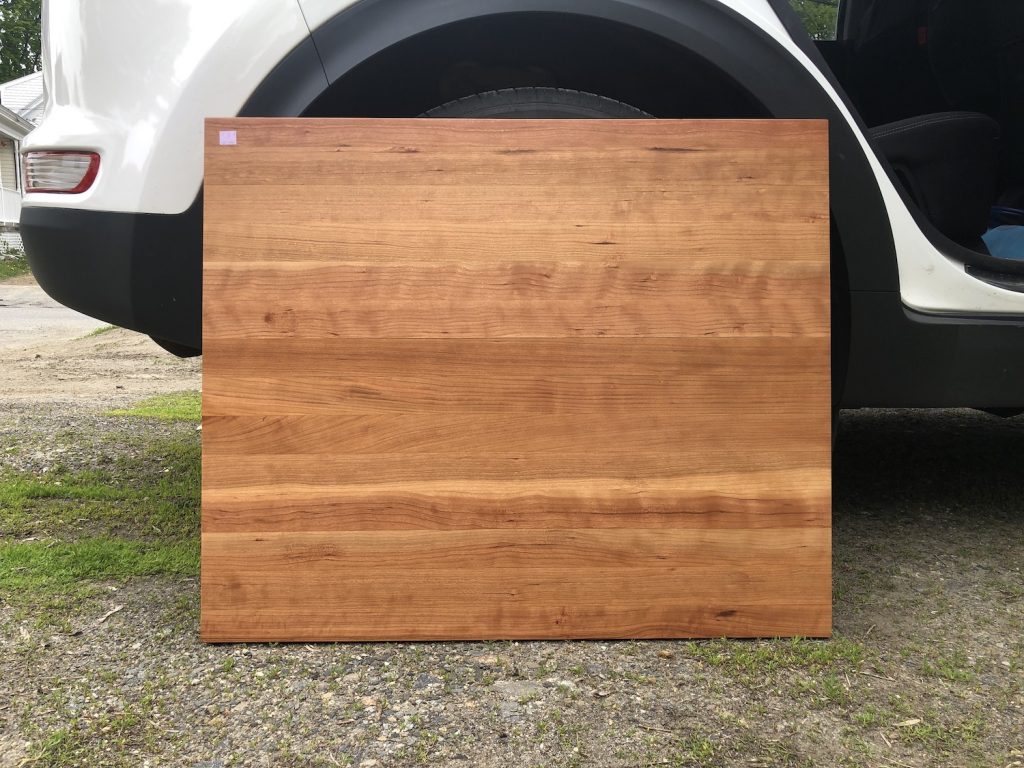
I’d already designed my logo, and it took Shelly just a couple of weeks to transform my digital file into a beautiful piece of signage. A few eye hooks were all I needed to add, to hang the sign off the existing post in the front yard. I couldn’t be happier with how it turned out, and no, you can’t have Shelly’s contact information.

We hung the sign outside the house about a month before opening day, in an effort to generate interest in the community, and hopefully drive some potential customers to search for our Facebook page, where we posted regular news, renovation updates, and links to buy t-shirts for our fledgling business, in order to get a few extra dollars coming through the door prior to opening day.
This is also a way to start building a community around your new brand, long before you actually serve your first meal; creating an emotional investment in your new business prior to opening day ensures strong first day sales, and Facebook is a fantastic way to begin that dialog with your new customers.
With our outside signage complete, we turned our attention inside. The house came with an enormous, bricked-in fireplace that’s the first thing customers would see when they walked through the door, and it was crying out to have a large, attention-grabbing piece of artwork hung above it.
Related Reading: 8 Specific Ways I Saved Money on My Restaurant Opening
Again, with next to no budget, I enlisted the help of my girlfriend, and described my idea: What if we took inexpensive sheets of mosaic bathroom tile, in two contrasting colors, and then used a utility knife to cut out squares in letter shapes, then cement them all onto a piece of plywood?
I downloaded a pixel font (which are meant to display in very small sizes, but which also can give you a roadmap to simple letterforms), did some quick math to figure out how many tiles I’d need, and then let her go to work. I assumed it would be a project that she’d chip away at over several weeks, and instead, she’d wrapped up the entire project in about three hours, because she is basically a superhero.
And just like that, I had an eight food wide tile sign that would be the focal point for the entryway. Total cost? About $250 bucks, all in.
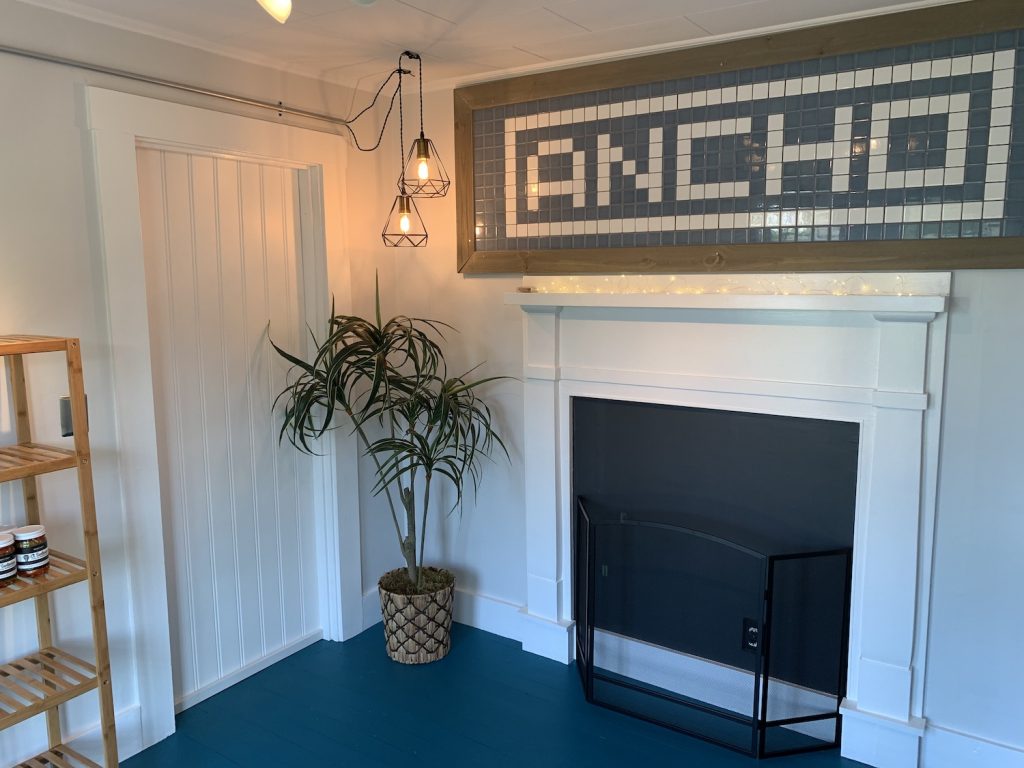
There was just one more major piece of my new business missing, and for that, I had to call in one last favor. Another local friend was trying to get the word out about her new custom woodworking business, using mostly found and salvaged materials.
Even though my business was going to be primarily takeout, I needed to have a few seats inside for customers to stay and eat, if they wanted to, and I thought a countertop with a few stools would be both a cost-and-space effective way to do that.
I told my friend roughly what I wanted, told her what I had to spend, and told her to take any kind of creative license that she felt like. In exchange, we would include a stack of business cards on her finished countertop, and I would help get the word out about her new business.
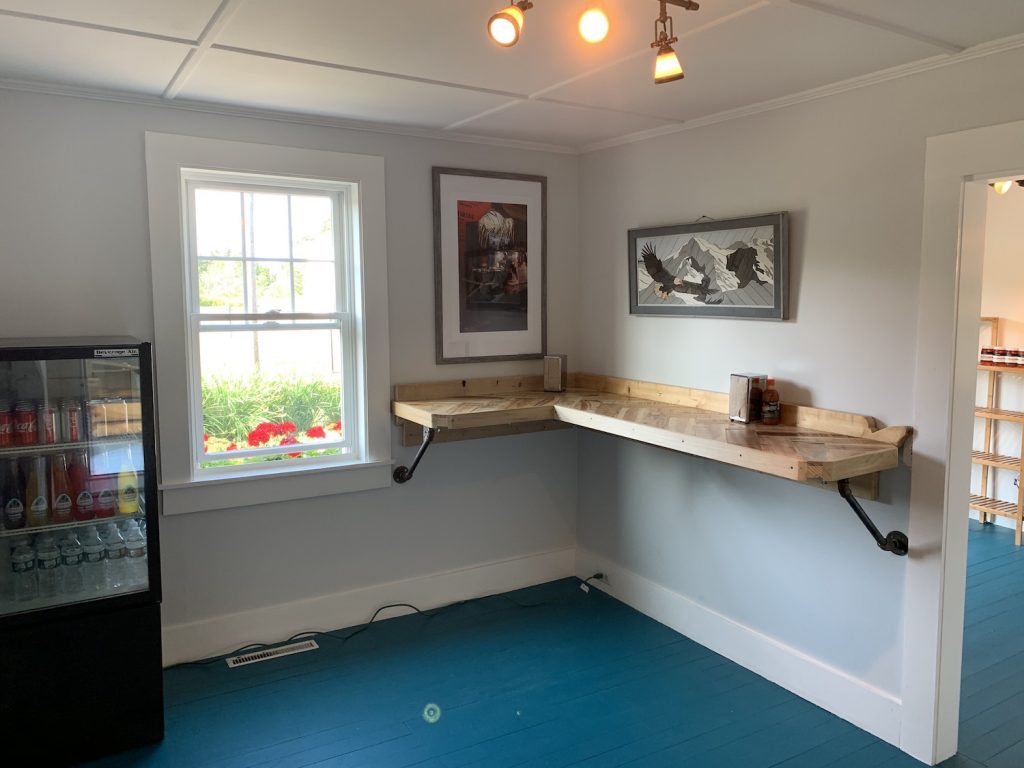
My jaw dropped when I saw the finished product. The bar/counter is made entirely from reclaimed shipping pallet wood, arranged in a herringbone pattern and mounted to the wall. A few inexpensive stools from Amazon completed the look, and I couldn’t be happier.
What’s the takeaway? When you’re looking for the finishing touches you need for your new restaurant space, consider your list of friends, and the skills they may have to offer. Chances are, they will be more than happy to help you get your business off the ground, often in exchange for a rate drastically lower than the so-called “professionals.”
Phase 6: The Finishing Touches
With my planned opening day fast approaching, it was time to tackle the little details. And unfortunately, this is an area in which you can continue spending money basically forever. I found seating, shelving for our retail section, floor coverings, and light fixtures inexpensively on Amazon, and had a few rebates from a paint sale at my local home improvement store to use on finial finishing supplies.
I realized at the last minute that I hadn’t made plans for a point of sale system, so my phone, a $10 card reader, and a Square account would have to do, at least to get started.
Later, I upgraded to an iPad purchased from HSN; you pay a higher sticker price, but they’ll break payments up with no interest and no credit check, so it can be a great resource for buying bigger-ticket items like pieces of technology, and reserving your cash-on-hand for other things. I found a few pieces of artwork on Facebook Marketplace, and printed a few of my own photos at Wal-Mart to use to fill in the remaining blank spaces.
Related Reading: Should You Sell Branded T-Shirts at Your Restaurant?
You can continue noodling money away in the final days before your opening basically forever, getting all of those last-minute things you think you need to make your project look the way it did in your mind.
But a restaurant opening is a lot like a wedding, or any other major life event; you can plan the thing to death, trying to get every single detail absolutely perfect, but at some point, you have to just stop, and accept that the event is going to be what it’s going to be. You can try to anticipate every last need, every detail, but something is not going to go as planned, and at this point, you have to accept that. Get the doors open. Get some cash coming in, then figure out what you missed.
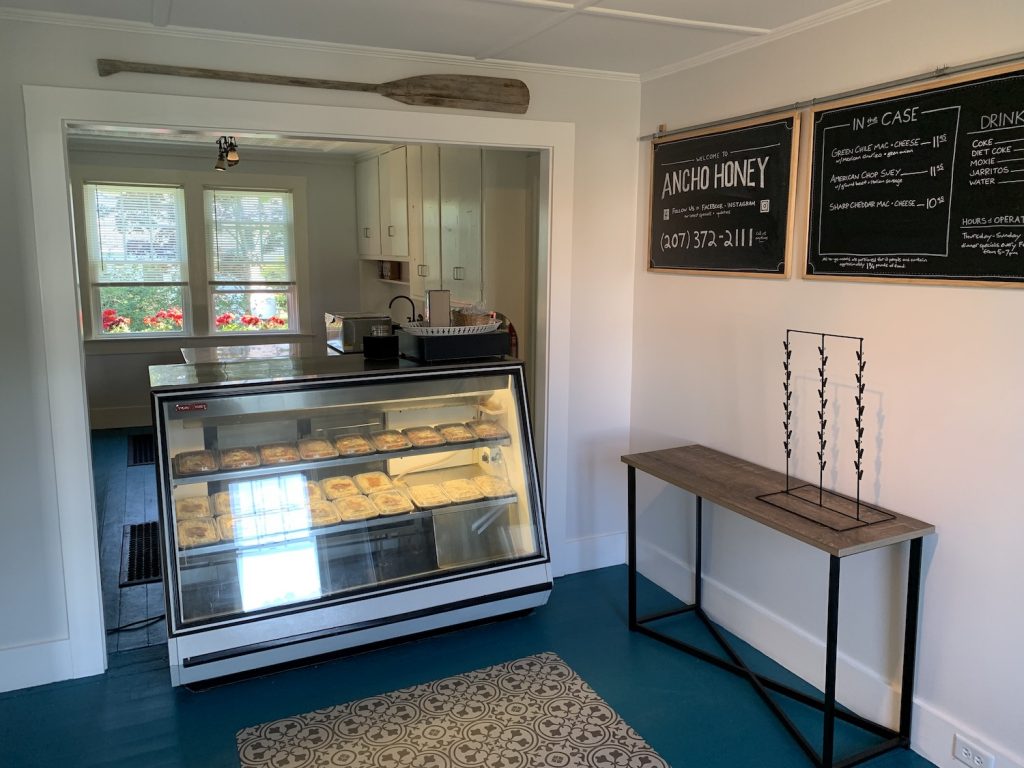
Phase 7: The Reckoning
So, after all of this, you’re probably asking one big question: “Yeah, but what did you spend?” All told, in the six weeks between when we decided to launch this project, and our soft opening, the total spend was approximately $8,000.
That’s basically unheard of in the restaurant business; one of my chef friends (the guy who advised me to never spend money, ever) spent $60k getting the doors open on his restaurant, which was advertised as “turnkey.” Now, I had a head start in a lot of areas; I had some equipment from the food truck I could repurpose in the new business, and I had a residential building that was basically a blank slate.
But I think that it’s important to remember that I COULD HAVE spent basically any amount of money that I had. If I’d had a line of credit or investment capital to spend, I could have easily dove in all willy-nilly, spending money outfitting an extravagant kitchen with everything my heart desired.
So far, the feedback has been good. Our neighbors have welcomed us into this community, and the comments we’ve received on our menu and our food has been very, very encouraging.
In our first month in business, we did approximately $10,000 in sales. Now, that’s not profit; in fact, none of it is. Every dime the business has made so far has been re-invested back into the business, on all of those little details that we missed during the build out (to-go boxes! flour!).
I don’t think the restaurant will actually MAKE money for a few months, but we’ve already recouped our initial investment, because we kept it modest, manageable, and sane.
Opening a restaurant doesn’t always have to require a ridiculous outlay of capital, or a team of employees to keep the whole thing rolling. Sometimes, a little hard work, attention to building a community of customers, a little pre-opening buzz, a high tolerance for risk, and a whole lot of luck are all it takes.

